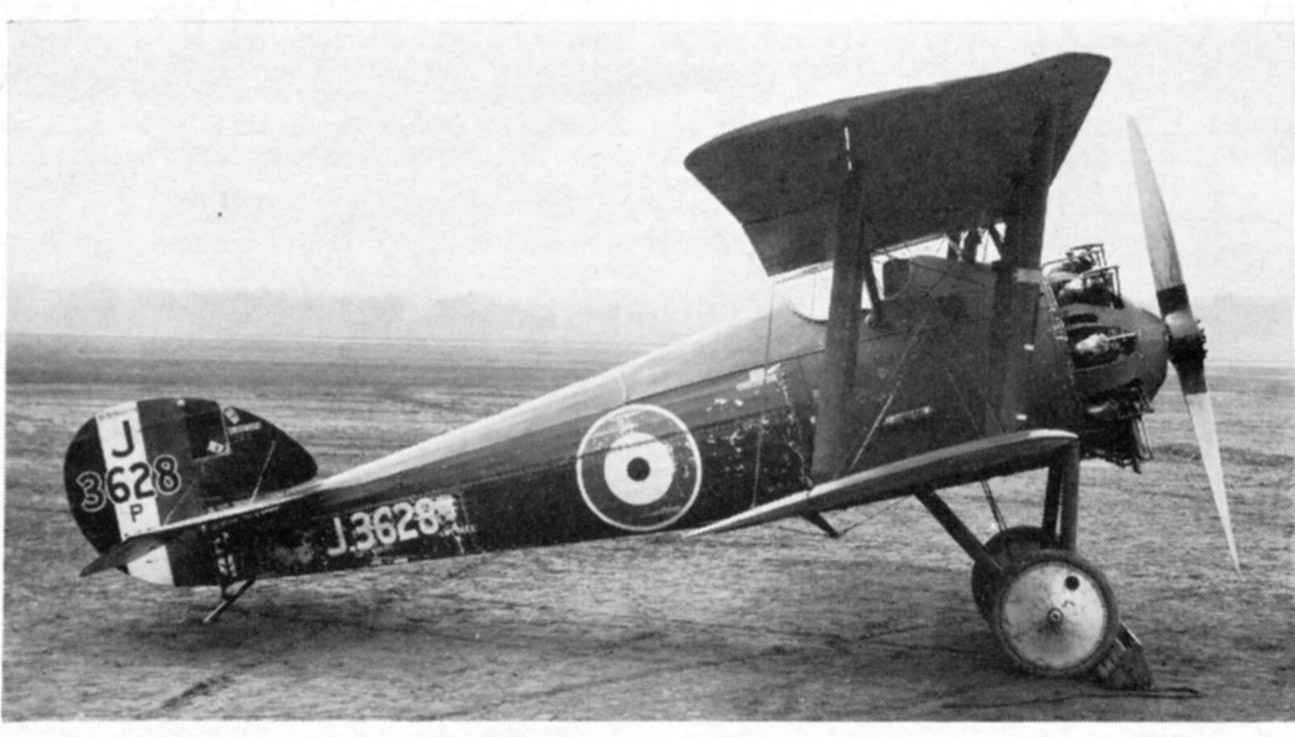Sopwith Dragon on:
[Wikipedia]
[Google]
[Amazon]
The Sopwith Dragon was a British single-seat fighter biplane developed from the Sopwith Snipe.
 Sopwith built approximately 200 Dragon airframes, which were placed in storage pending delivery of their engines.Mason 1992, p. 144. Difficulties with the Dragonfly ultimately proved impossible to resolve. Only a few aircraft were completed with Dragonfly engines, and none were issued to squadrons.Mason 1992, p. 144. The Dragon was finally declared obsolete in April 1923.Robertson 1970, p. 227.
Sopwith built approximately 200 Dragon airframes, which were placed in storage pending delivery of their engines.Mason 1992, p. 144. Difficulties with the Dragonfly ultimately proved impossible to resolve. Only a few aircraft were completed with Dragonfly engines, and none were issued to squadrons.Mason 1992, p. 144. The Dragon was finally declared obsolete in April 1923.Robertson 1970, p. 227.
Design and development
In April 1918, the sixthSnipe
A snipe is any of about 26 wading bird species in three genera in the family Scolopacidae. They are characterized by a very long, slender bill, eyes placed high on the head, and cryptic/camouflaging plumage. The ''Gallinago'' snipes have a near ...
prototype was fitted with a 320 hp (239 kW) ABC Dragonfly I radial engine.Mason 1992, p. 144.Davis 1999, p. 139. To compensate for the greater weight of the Dragonfly, the fuselage was lengthened by 22 in (56 cm).Davis 1999, p. 140.
The prototype suffered persistent ignition system defects, but performance was encouraging when the Dragonfly engine operated properly.Davis 1999, p. 140.Robertson 1970, p. 226. In June 1918, the Royal Air Force issued a contract for 30 Dragonfly-engined Snipes, which were subsequently named Dragons.Davis 1999, p. 140.Robertson 1970, p. 226. In late November 1918, the RAF cancelled a production order for 300 Snipes and reordered the aircraft as Dragons.Mason 1992, p. 144.
A second prototype was equipped with the larger 360 hp (268 kW) ABC Dragonfly IA engine.Mason 1992, p. 144. This aircraft did not begin official trials at Martlesham Heath until February 1919.Robertson 1970, p. 226. It attained a top speed of 150 mph (240 km/h) at sea level and achieved a service ceiling of 25,000 ft.Mason 1992, p. 144.
 Sopwith built approximately 200 Dragon airframes, which were placed in storage pending delivery of their engines.Mason 1992, p. 144. Difficulties with the Dragonfly ultimately proved impossible to resolve. Only a few aircraft were completed with Dragonfly engines, and none were issued to squadrons.Mason 1992, p. 144. The Dragon was finally declared obsolete in April 1923.Robertson 1970, p. 227.
Sopwith built approximately 200 Dragon airframes, which were placed in storage pending delivery of their engines.Mason 1992, p. 144. Difficulties with the Dragonfly ultimately proved impossible to resolve. Only a few aircraft were completed with Dragonfly engines, and none were issued to squadrons.Mason 1992, p. 144. The Dragon was finally declared obsolete in April 1923.Robertson 1970, p. 227.
Operators
; *Royal Air Force
The Royal Air Force (RAF) is the United Kingdom's air and space force. It was formed towards the end of the First World War on 1 April 1918, becoming the first independent air force in the world, by regrouping the Royal Flying Corps (RFC) and ...
Specifications
See also
Notes
References
* Bruce, J. M. ''War Planes of the First World War: Volume Three, Fighters''. London: Macdonald, 1969. . * Davis, Mick. ''Sopwith Aircraft''. Ramsbury, Marlborough, Wiltshire: Crowood Press, 1999. . * Mason, Francis K. ''The British Fighter Since 1912.'' Annapolis, Maryland: Naval Institute Press, 1992. . * Robertson, Bruce. ''Sopwith – The Man and His Aircraft''. London: Harleyford, 1970. . {{Sopwith Aviation Company aircraft 1910s British fighter aircraftDragon
A dragon is a reptilian legendary creature that appears in the folklore of many cultures worldwide. Beliefs about dragons vary considerably through regions, but dragons in western cultures since the High Middle Ages have often been depicted as ...
Single-engined tractor aircraft
Biplanes
Aircraft first flown in 1918